Philippines Loses Second Place in Global Banana Exports
The Philippines, once the world's second-largest banana exporter, has been surpassed by Guatemala. This shift highlights the significant challenges facing the Philippine banana industry, from devastating diseases to climate and political issues.
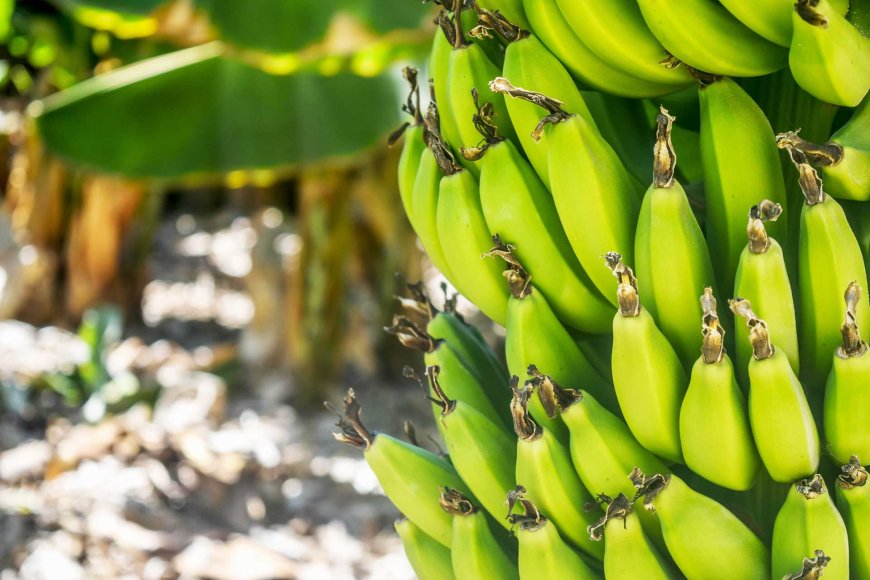
Guatemala Overtakes Philippines as Major Banana Exporter
For years, the Philippines has held the title of the second largest banana exporter in the world, only second to Ecuador. However, recent data from the United Nations’ Food and Agriculture Organization (FAO) reveals that the Philippines has been overtaken by Guatemala. This shift in the global banana export landscape highlights both challenges and opportunities for the Philippines’ banana industry.

A Decline in Ranking
According to the FAO, Guatemala exported 2.6 million metric tons (MT) of bananas last year, surpassing the Philippines’ 2.3 million MT. This marks the first time since 2016 that the Philippines has been relegated to the third position. Ecuador continues to dominate the market with a substantial export volume of 6.2 million MT.
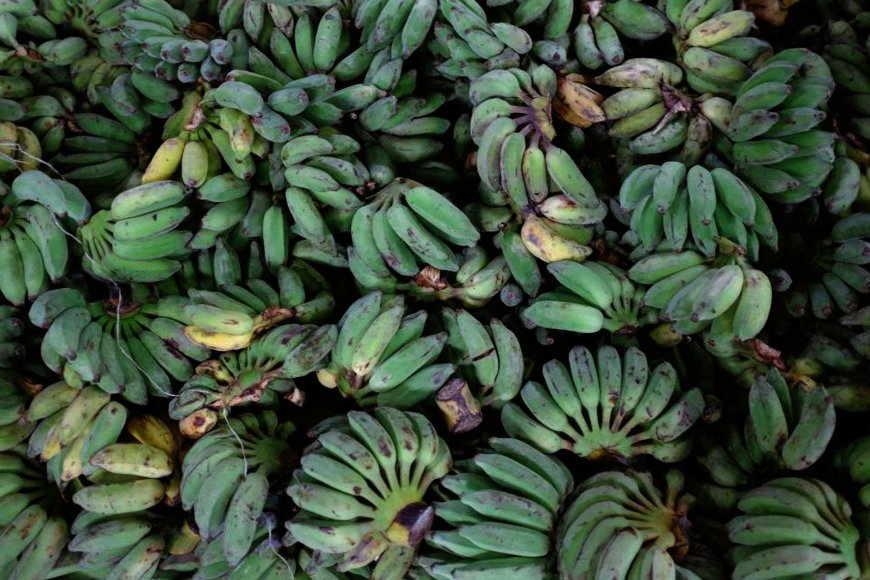
The Impact of Fusarium Wilt Tropical Race 4 (TR4)<>/em
A significant factor contributing to the Philippines' decline in banana exports is the devastating spread of Fusarium wilt tropical race 4 (TR4), a serious disease affecting banana plants. TR4 has caused a shortfall in domestic output, hindering the country’s ability to meet global market demand. The disease, which attacks the roots of banana plants, is notoriously difficult to manage and has inflicted considerable damage on local banana plantations.
Local banana growers have incurred substantial costs to prevent the spread of TR4, further straining their financial resources. These expenditures include investments in disease-resistant plant varieties, improved farming techniques, and enhanced biosecurity measures. Despite these efforts, the impact of TR4 has been profound, leading to reduced yields and, consequently, lower export volumes.
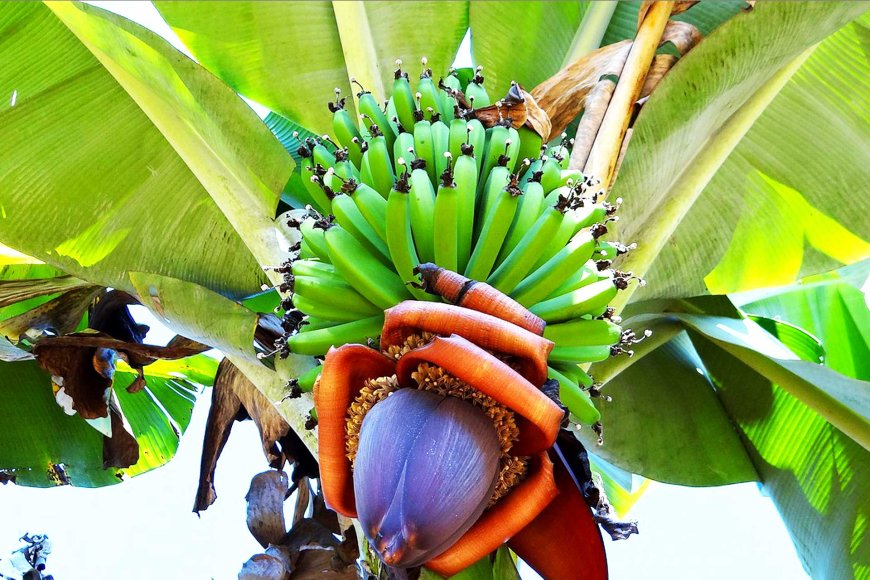
Other Challenges: Climate and Political Factors
In addition to TR4, the Philippine banana industry has faced various other challenges over the past decade. Adverse growing conditions, including occasional flooding and periods of drought, have negatively impacted production. Political unrest in certain regions has also disrupted agricultural activities and supply chains, adding another layer of complexity to the industry’s challenges.
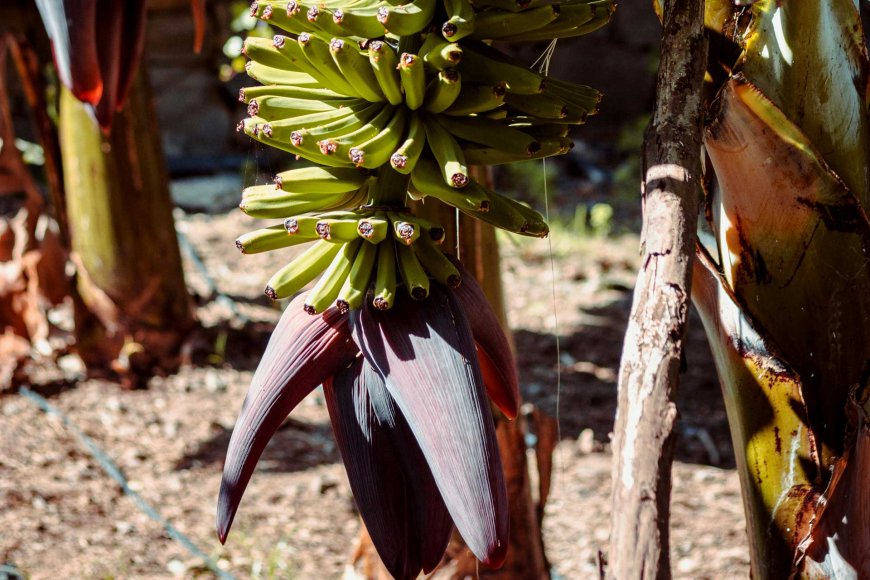
A Brief Respite in 2023
Despite these challenges, the Philippines experienced a 3.4 percent increase in banana exports in 2023, reaching 2.3 million MT. This growth was driven by higher shipments to markets such as Iran and Saudi Arabia, marking an end to three consecutive years of decline from 2020 to 2022. However, this growth was not sufficient to retain its position as the world’s second largest banana exporter.
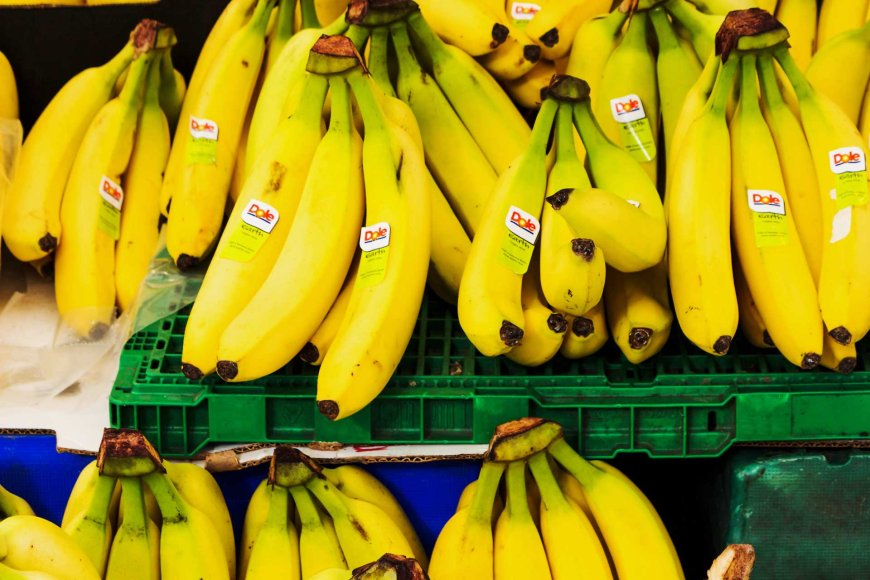
Guatemala’s Ascendancy
In stark contrast to the Philippines, Guatemala’s banana industry has flourished. The Latin American country saw a 17.5 percent increase in banana exports last year, supported by favorable production conditions and stronger farm investments. Guatemalan bananas are among the cheapest in the world, with an average export unit cost of $382 per MT, making them highly competitive in the global market.
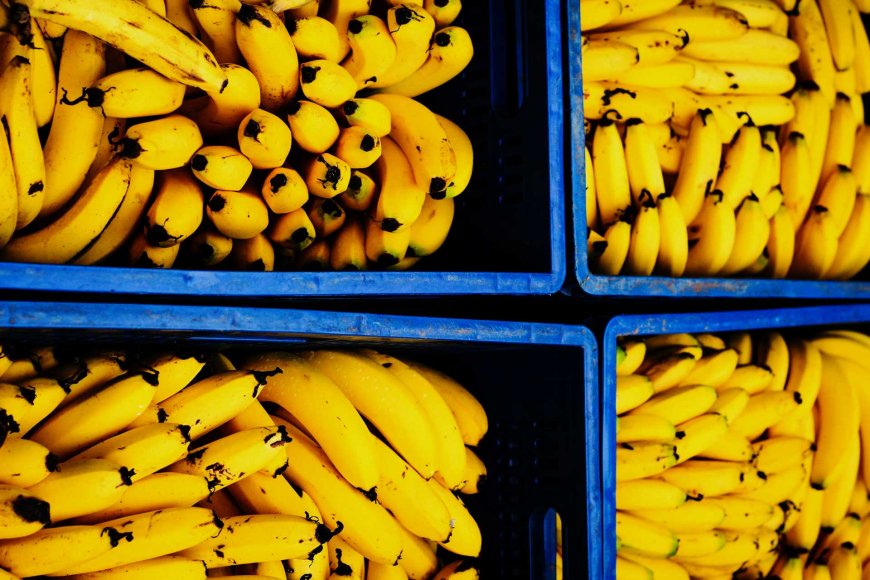
Investment and Production Conditions
Guatemala’s success can be attributed to significant investments in agricultural infrastructure and favorable climatic conditions for banana cultivation. The country’s banana farms have benefitted from advancements in farming practices and technologies, which have boosted productivity and ensured consistent quality.
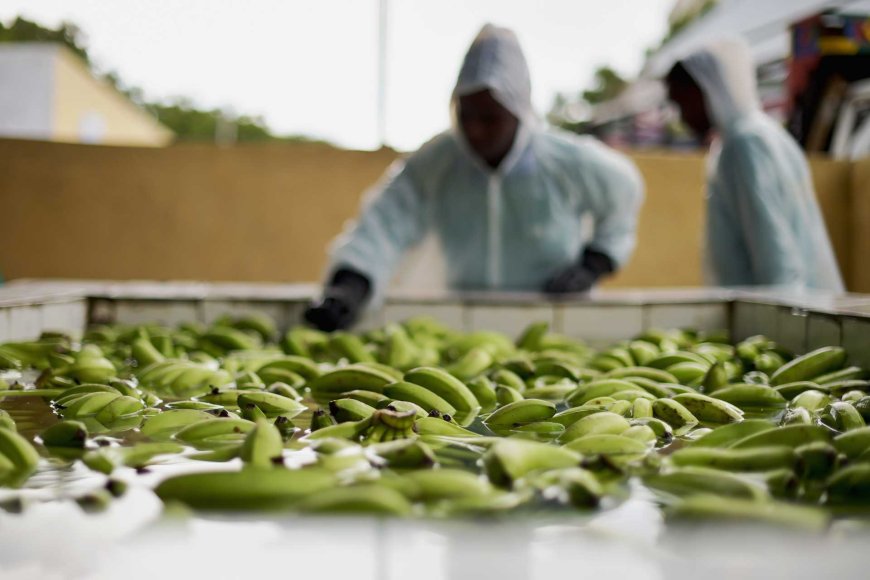
The Road Ahead for the Philippines
While the Philippines has lost its position as the second largest banana exporter, it remains the top banana exporter from Asia, accounting for more than half of the region’s 4.1 million MT shipment last year. This demonstrates the country’s continued importance in the global banana trade.
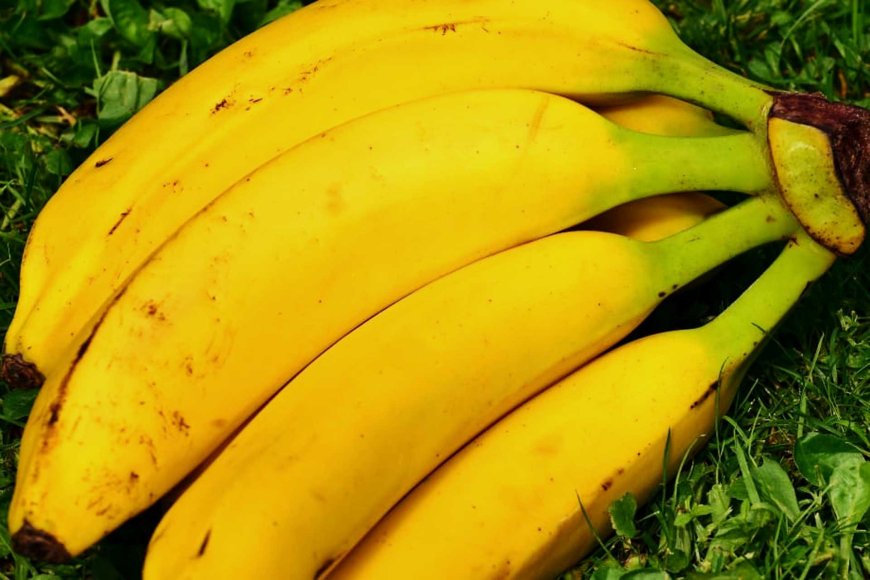
Strategies for Recovery
To regain its former standing, the Philippines needs to address the key challenges affecting its banana industry. This includes continuing efforts to combat TR4 through research and development of disease-resistant banana varieties. Enhancing biosecurity measures and adopting sustainable farming practices will also be crucial in preventing future outbreaks and ensuring long-term productivity.
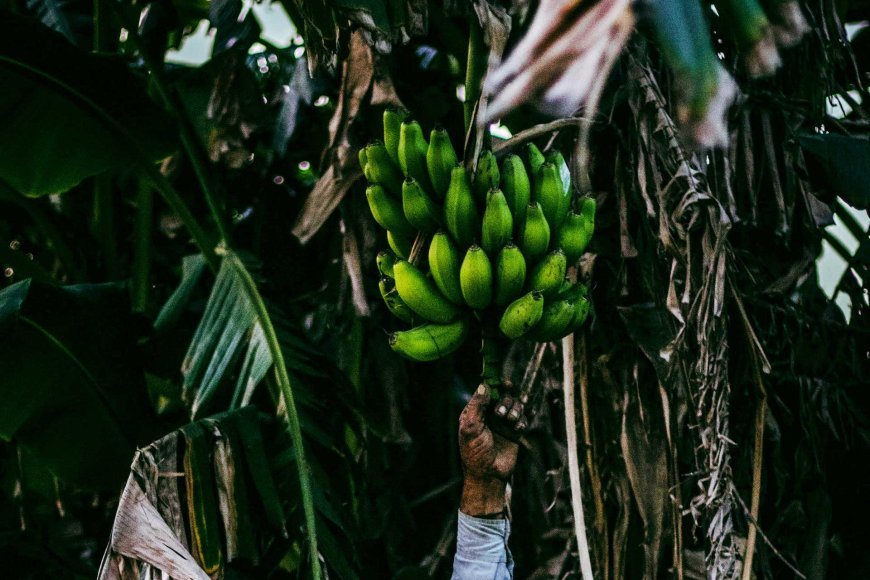
Government and Private Sector Collaboration
Collaboration between the government and the private sector will be essential in revitalizing the banana industry. Increased support for banana growers in the form of financial aid, technical assistance, and infrastructure development can help mitigate the impacts of adverse conditions and boost production.
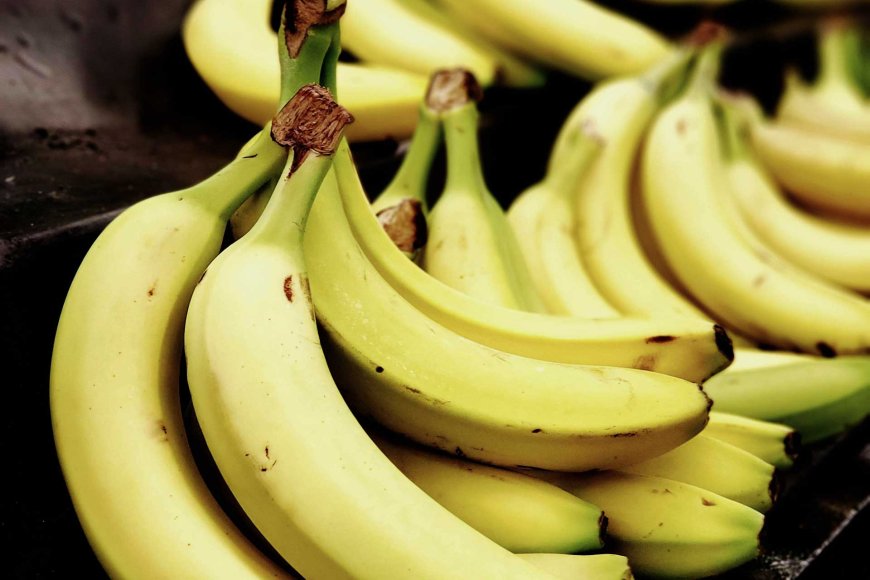
Exploring New Markets
Diversifying export markets can also provide a buffer against fluctuations in demand from traditional markets. Expanding into emerging markets and strengthening trade relationships with existing partners will be key strategies in sustaining and growing export volumes.

The Philippines' Path to Reclaiming its Place in the Global Banana Market
The shift in the global banana export hierarchy underscores the dynamic nature of the agricultural industry. While the Philippines faces significant challenges, the resilience and adaptability of its banana growers offer hope for recovery and growth. By addressing the root causes of its recent decline and capitalizing on opportunities for improvement, the Philippines can work towards reclaiming its position as a leading banana exporter on the world stage.
Find Cheap Flight Tickets to any Destinations in Japan and the Philippines
Nipino.com is committed to providing you with accurate and genuine content. Let us know your opinion by clicking HERE.































































